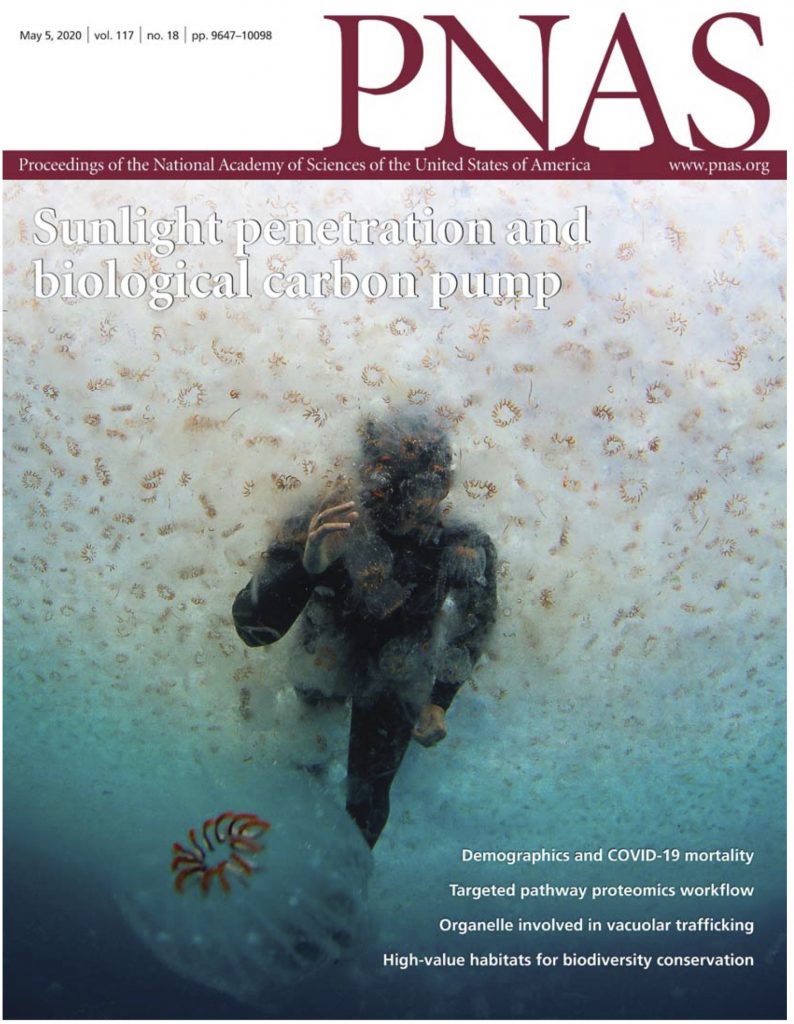Posts Tagged ‘Particles’
Dive and Discover the Twilight Zone!
Despite some wavy weather and a rolling ship, the Twilight Zone team aboard the Spanish research vessel Samiento de Gamboa has been pushing through and collecting data and samples daily. Here you can follow the team of scientists, engineers, and students as they put some of the most advanced research tools available to the challenge…
Read MoreThe danger of creating a designer planet
In a guest blog, Ken Buesseler from the Woods Hole Oceanographic Institution, calls for better understanding of the ocean’s biological processes before attempting to geoengineer climate solutions. It is natural in the face of an impending emergency to look for something—anything—that will avert the crisis. So it is understandable that in the absence of a…
Read MorePNAS Cover Shot – Oceans capture more carbon than expected!
A new paper, “Metrics that matter for assessing the ocean biological carbon pump” published online April 6th, has landed on the COVER of the May 5th print edition of PNAS . Written by Ken Buessler, former PhD student Erin Black and collaborators Phil Boyd and David Siegle, they demonstrate that the depth of the sunlit…
Read MoreDispatch 12 – What lies below? – Episode 2
Lat: 46°N Long: 161°E Air temp: 9.5° C, 49.1° F Sea temp: 10.5° C, 51° F Sky: Foggy True wind : 15 knots Waves: Flat In our earlier note “What lies below?” we pointed out that the strong near surface stratification in this corner of the North Pacific is a key aspect of the environmental…
Read MoreDispatch 09 – What grows up doesn’t all go down
Lat: 47° Long: 161° Air temp: 11.1 °C, 52°F Sea temp: 10.34 °C, 50.6°F Sky: Foggy True wind : 16 knots Waves: 1-2 feet Here on the VERTIGO voyage, at a site north-east of Japan, we are studying the mechanisms that control the export of particles to depth. A key component of VERTIGO is to…
Read MoreDispatch 18 – Determining Sinking Particle Collection Funnels
The sinking flux of particles in the ocean has many similarities and many important differences compared with the raining of raindrops in atmosphere. Both raindrops and sinking particles undergo transformations (combining to make larger particles, disaggregating into smaller, etc.) as they fall. Again, many of the processes creating these transformations are the same and some…
Read More